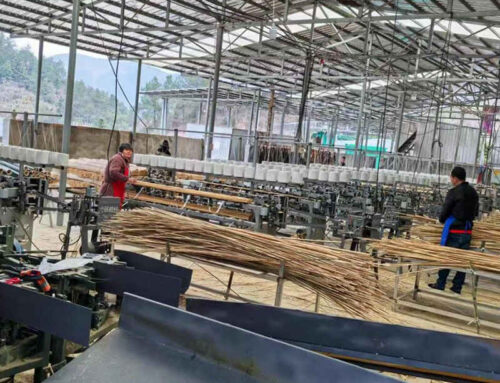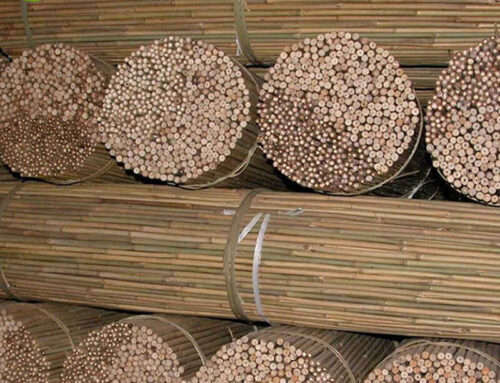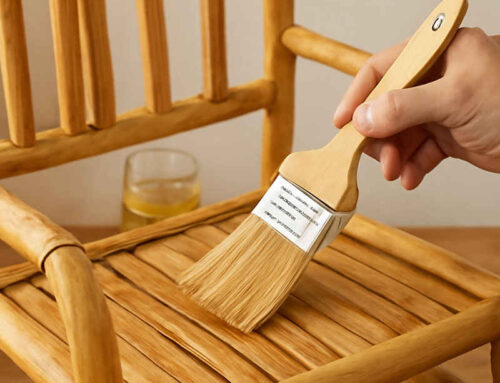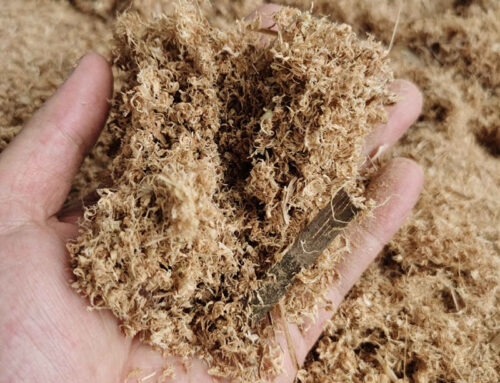In an era defined by a collective push for sustainability, industries and consumers alike are searching for materials that marry ecological responsibility with performance and beauty. One such material, ancient in its origins but strikingly modern in its application, is bamboo. While often perceived as a plant for pandas or garden fences, bamboo is undergoing a radical transformation, emerging as a sophisticated engineered material: the bamboo panel board,which can be widely used to make different kind of bamboo products.
This isn’t your grandfather’s bamboo. Through advanced manufacturing processes, the humble bamboo culm is reborn as dense, durable, and visually stunning panels that are challenging traditional hardwoods and composites in markets from flooring to aerospace. This article study the fascinating journey of bamboo from a fast-growing grass to a high-tech panel, and explores the vast landscape of its modern applications.
Part 1: The Meticulous Process of Bamboo Panel Manufacturing
The creation of bamboo panels is a symphony of precision engineering and traditional craftsmanship. It’s a multi-stage process that transforms a cylindrical, hollow stalk into a uniform, robust, and flat sheet. The entire workflow can be broken down into several critical steps.
- Harvesting and Selection: The Foundation of Quality
The process begins in the bamboo forests, primarily in regions like China, Vietnam, and India. Not all bamboo is created equal, and the species selection is very important. Moso bamboo (Phyllostachys edulis) is the industry favorite, prized for its large diameter, thick walls, and superior mechanical properties.
- Timing: Bamboo is harvested at a specific age, typically between 3-5 years. This is the sweet spot where the culm has reached peak strength and lignin content but hasn’t begun to deteriorate.
- Sustainability: Bamboo is a renewable superstar. It is a grass, not a tree, and can be harvested without killing the plant. Its root system (rhizome) continuously sends up new shoots, allowing for a single plantation to be productive for decades. This makes it a far more sustainable resource than slow-growing hardwoods.
- Primary Processing: From Culm to Strip
Once harvested, the bamboo culms undergo initial treatment to prepare them for lamination.
- Cutting & Sizing: The culms are cut to standardized lengths to meet with the desired final panel dimensions.
- Splitting: The round culms are split longitudinally into smaller, more manageable sections using specialized splitters.
- Cross-Cutting & Knot Removal: These split sections are then cross-cut to remove the hard, dense nodes (the rings you see on bamboo). This step is essential for ensuring a same texture and preventing weak points in the final panel.
- Treatment and Preservation: Ensuring Longevity
Raw bamboo, has much sugars and starch, is highly susceptible to insect infestation and fungal decay. To ensure a long-lasting product, it must be treated properly.
- Boiling/Carburization: The bamboo strips are submerged in a vat of a boric acid solution (or a similar non-toxic preservative) and boiled. This process launched for two purposes:
- It draws out the starches and sugars, making the bamboo unpalatable to insects.
- It initiates a color change. The natural lignin in the bamboo darkens when heated, giving the strips a rich, caramel-brown tone. This is known as carbonized bamboo. Natural bamboo retains its original light, golden hue.
- Drying: The treated strips are then meticulously dried in kilns to get a precise moisture content, typically between 8-12%. Proper drying is non-negotiable; any residual moisture can lead to warping, cracking, or mold growth later in the process.
- Milling and Lamination Preparation: The Pursuit of Precision
After drying, the rough strips are machined to exact tolerances.
- Planing: The strips are fed through planers to create smooth, parallel surfaces and consistent thickness. This ensures perfect contact and strong bonding during lamination.
- Edge Trimming: The edges are also trimmed straight and square.
- Assembly and Pressing: The Birth of a Panel
This is the stage where the fundamental character of the bamboo panel is finished. There are three primary manufacturing methods, each yielding a distinct aesthetic and structural profile.
- A. Horizontal Grain (Flat Pressed):
- Process: The planed bamboo strips are laid flat, with their wide faces adjacent to one another. They are then assembled side-by-side into a mat.
- Appearance: This method showcases the distinctive “knuckle” patterns of the bamboo nodes, creating a classic, rustic bamboo look with long, linear streaks.
- Characteristics: The panel has a same strength across its surface but can be slightly less dimensionally stable than vertical grain under heavy loads.
- B. Vertical Grain (Edge Pressed):
- Process: Here, the strips are turned on their edge and pressed together. Imagine holding a deck of cards on its side—this is the principle.
- Appearance: The face of the panel shows the tight, linear grain of the bamboo’s edge, resulting in a more uniform, striped appearance that closely resembles traditional hardwood.
- Characteristics: This method often creates a panel with greater horizontal bending strength and a very consistent, modern aesthetic.
- C. Strand Woven Bamboo (The Performance Powerhouse):
- Process: This is the most advanced technique. The bamboo strips are shredded into a fibrous mass of individual strands. These strands are then mixed with a high-strength, formaldehyde-free resin, placed in a mold, and subjected to extreme heat and pressure.
- Appearance: The resulting panel has a dense, uniform, and often marbled look. It bears little visual resemblance to traditional bamboo.
- Characteristics: This is the hardest and most durable form of bamboo panel. The process of breaking down the fibrous structure and re-bonding it under pressure creates a material that is harder than many exotic hardwoods, including Red Oak and Maple.
Regardless of the assembly method, the next step is the same: Hot Pressing. The assembled mat is coated with a food-grade, low-VOC (Volatile Organic Compound) adhesive and placed in a massive, heated hydraulic press. The combination of heat and pressure activates the adhesive, fusing the individual strips or strands into a solid, monolithic panel.
- Finishing: The Final Touch
The newly pressed panel, now a dense block, undergoes final refinement.
- Sanding: The panels are sanded to a perfectly smooth and consistent thickness. This can involve multiple passes through wide-belt sanders with progressively finer grits.
- Finishing (Coating): Depending on its end-use, the panel may receive a surface coating.
- Flooring and Furniture: These are typically finished with multiple layers of durable, UV-cured aluminum oxide or polyurethane coatings that provide scratch, stain, and moisture resistance.
- Architectural and Cabinet Panels: These might be sold as raw, sanded surfaces for custom finishing, or pre-finished with lacquers, oils, or waxes.
- Quality Control and Packaging: Every panel is inspected for defects like voids, inconsistencies in glue lines, or surface imperfections. Approved panels are then graded, labeled, and packaged for shipment to distributors, fabricators, and clients all over the world.
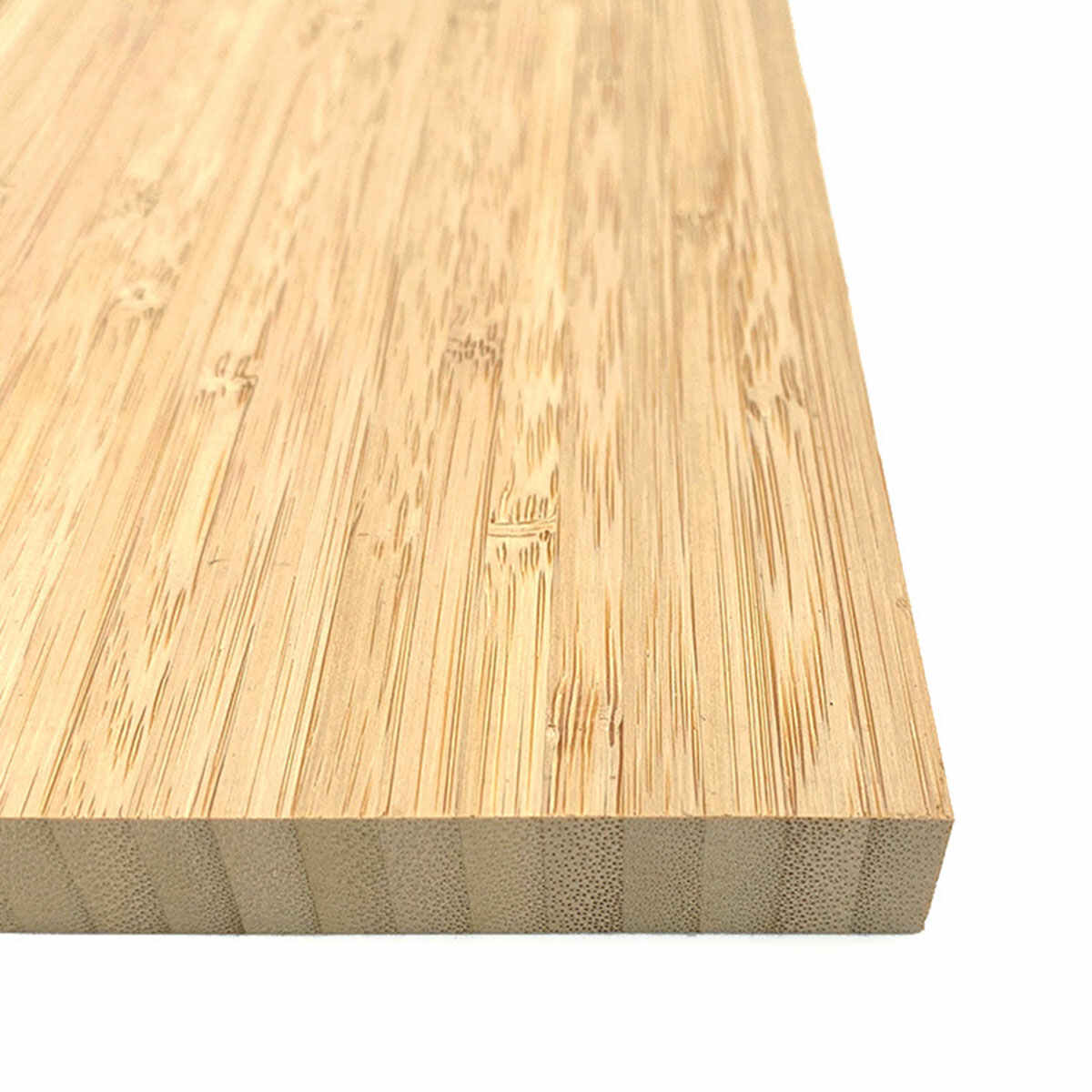
Part 2: The Expansive Universe of Bamboo Panel Applications
The versatility of bamboo panels is their greatest asset. Their combination of strength, sustainability, and aesthetic appeal has led to their adoption across a stunningly diverse range of industries.
- Flooring: The Flagship Application
Bamboo flooring is arguably the most well-known use for bamboo panels. It offers a compelling alternative to traditional hardwood flooring.
- Durability: Strand-woven bamboo flooring, in particular, boasts a Janka hardness rating that surpasses that of Red Oak, making it highly resistant to dents and wear—ideal for high-traffic areas in homes and commercial spaces.
- Aesthetic Variety: Available in horizontal, vertical, and strand-woven styles, and in a spectrum of colors from natural honey to deep carbonized tones, it fits any design scheme from rustic to ultra-modern.
- Hygienic and Easy Maintenance: Its hard, smooth surface doesn’t harbor dust mites or allergens and is easy to clean.
- Furniture and Cabinetry: Beauty Meets Brawn
The design world has embraced bamboo panels for creating stunning, durable, and eco-conscious bamboo furniture.
- Tables, Desks, and Chairs: The structural integrity of bamboo panels makes them perfect for tabletops and desk surfaces that can withstand daily use. Their unique grain pattern serves as a natural conversation piece.
- Kitchen and Bathroom Cabinets: Bamboo cabinetry offers a clean, modern look. Its stability in well-managed humidity conditions makes it a viable choice for kitchen products, resisting the warping that can sometimes affect other woods.
- Bed Frames and Shelving: Lightweight yet strong, bamboo is an excellent material for frames and shelving units that are both functional and beautiful.
- Architectural and Interior Design: Shaping Spaces
Architects and interior designers are using bamboo panels in increasingly innovative ways.
- Wall Cladding and Paneling: Bamboo panels create warm, textured accent walls that bring a natural element into offices, hotels, and residences.
- Countertops and Vanity Tops: While requiring a durable sealant for wet areas, bamboo countertops offer a unique and warm alternative to cold stone or synthetic materials.
- Doors and Millwork: Bamboo can be used to craft interior doors, stair treads, and other custom millwork, providing a cohesive design language throughout a space.
- Specialized Industrial and Commercial Applications
The properties of bamboo panels extend their use far beyond the home.
- Bamboo Cutting Boards and Butcher Blocks: The natural hardness and mild antimicrobial properties of bamboo make it a popular, hygienic choice for food preparation surfaces.
- Truck and Trailer Flooring: In the logistics industry, the exceptional strength-to-weight ratio of strand-woven bamboo is being leveraged for truck and container flooring. It is lighter than traditional hardwood planks yet can withstand immense impact and load-bearing stress.
- Skateboards and Surfboards: The flexibility and resilience of bamboo laminates are prized in the action sports industry for creating decks and boards that have a unique “pop” and springiness.
- Aerospace and Automotive Interiors (Emerging Use): Research is ongoing into using bamboo composites for non-structural interior components in planes and cars, capitalizing on their light weight and acoustic damping properties.
- DIY and Craft Projects
For the hobbyist and maker, bamboo panels are an ideal material. They are readily available at many large hardware stores and online retailers, and can be worked with standard woodworking tools to create everything from custom speaker boxes and laptop stands to cutting boards, art pieces and other bamboo products.
Why Choose Bamboo? A Summary of Advantages
The journey and uses of bamboo panels culminate in a powerful value proposition:
- Unmatched Sustainability: As the world’s fastest-growing plant (some species can grow up to 91 cm in 24 hours), and its ability to regenerate without replanting, bamboo is a truly renewable resource that sequesters carbon effectively.
- Remarkable Strength and Durability: The engineering processes, especially strand-weaving, create a material with a strength-to-weight ratio that rivals steel and a hardness that beats many traditional hardwoods.
- Stunning Aesthetics: From the distinctive node patterns to the sleek, the same look of strand-woven varieties, bamboo offers a unique visual appeal that fits both traditional and contemporary design.
- Stability: Properly manufactured bamboo panels are dimensionally stable, meaning they are less prone to expansion and contraction with changes in humidity compared to solid wood.
- Health and Safety: High-quality bamboo panels use low-VOC, formaldehyde-free adhesives, contributing to better indoor air quality.
Conclusion
The bamboo panel is more than just a “green” alternative; it is a testament to human ingenuity in harnessing nature’s potential. The meticulous process of transforming a fast-growing plant into a high-performance material is a story of sustainability meeting sophistication. From the floors we walk on to the bamboo furniture we use and the vehicles that transport our goods as well as other bamboo products, bamboo panels are quietly revolutionizing our material world. As technology developes and awareness grows, this kind of ancient plant, reborn in panel form, is poised to become a cornerstone of a more sustainable and beautifully crafted future. It is not just a material for today, but a profound investment in the world of tomorrow.

